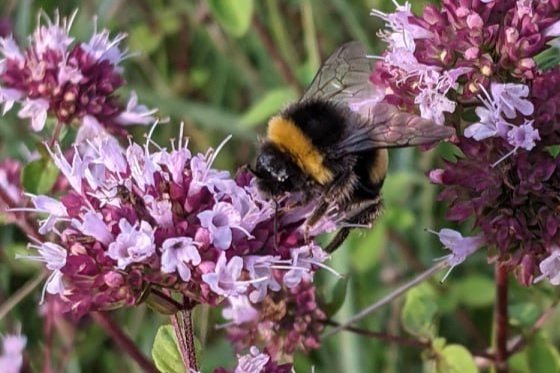
BETWEEN OCEAN AND ESTUARY:
Vineyard farmlands north of Bordeaux are grouped under the title Haut-Médoc, a denomination which evokes their remarkable quality.
Haut-Médoc vineyards
The Haut-Médoc’s vinyards extend over 60km of the Médoc Peninsula, which in turn accounts for around 28% of all Médoc vineyards in total.
The Médoc Terroir
The wine-growing country is situated on land that has been formed by the erosion of the left bank of the Garonne river, a phenomenon that shaped deposits into low hilltops. Composed of clay soils and gravel from the Garonne, such a terroir is ideal for the cultivation of Cabernet Sauvignon and Merlot grape varieties that are emblematic of Bordeaux wine.
Regional Denominations
Longeant la rive gauche du fleuve La Gironde, le Médoc est une région viticole au nord de Bordeaux, qui évoque instinctivement les grands vins rouges de Bordeaux. Au nord, le Médoc, puis plus au sud le Haut-Médoc et ses appellations communales : Margaux, Pauillac, Saint-Julien, Saint-Estèphe, Moulis-en-Médoc, Listrac-Médoc. Les terroirs sont reconnus pour leurs croupes de graves qui permettent les meilleures créations de vins de Bordeaux. The Médoc is a wine region north of Bordeaux, along the left bank of the Gironde river, and whose name inherently recalls the great red wines of Bordeaux. To the north, the Médoc, then further south the Haut-Médoc and its municipalities: Margaux, Pauillac, Saint-Julien, Saint-Estèphe, Moulis-en-Médoc, Listrac-Médoc. The terroirs (earth) are known for their gravel hilltops that enable the creation of the best Bordeaux wines.
A Temperate Oceanic Climate
Between the Atlantic Ocean to the west, and the Gironde estuary to the East, the Médoc is characterised by a temperate oceanic climate with mild humidity. The large Forêt des Landes protects vineyards from the oceanic winds blowing in from off the Aquitaine coast. The Atlantic Ocean, Gironde estuary and the vast forest retain a large quantity of water vapour which regulates and limits the annual temperature range.
The Médoc et its Vineyards
-
The Médoc vineyards are situated north of Bordeaux and are in the Gironde department. From the Pointe de Grave and town of Soulac in the north, down to Blanquefort on the edge of Bordeaux’s urban area, the Médoc extends for more than 80km.
Between the Gironde estuary in the east and the Atlantic ocean in the west, the wine-growing industry makes its home in an area shaped by river erosion and gravel deposits.
-
Two major regional denominations (AOC Médoc and AOC Haut Médoc) mould the character of the Médoc’s wines and make up around 2000 winemaking properties:
L'AOC "Haut-Médoc" concerns the wines of 29 municipalities north of Bordeaux, from the town of Saint-Seurin-de-Cadourne to Blanquefort.
L'AOC "Médoc" is applied to wines in the winemaking region between Jau-Dignac-le-Loirac and Saint-Seurin-de-Cadourne.
-
The soils in the Médoc’s vineyards are essentially made up of gravel and sand. A cladding of limestone is mixed into the gravel. An amalgamation of clay soils deposited by the Gironde estuary’s waterways, mixed with gravel dating from the Holocene can be observed. Also combined in this mix are peat clays, which suggest the former presence of ancient marshes in the area.









